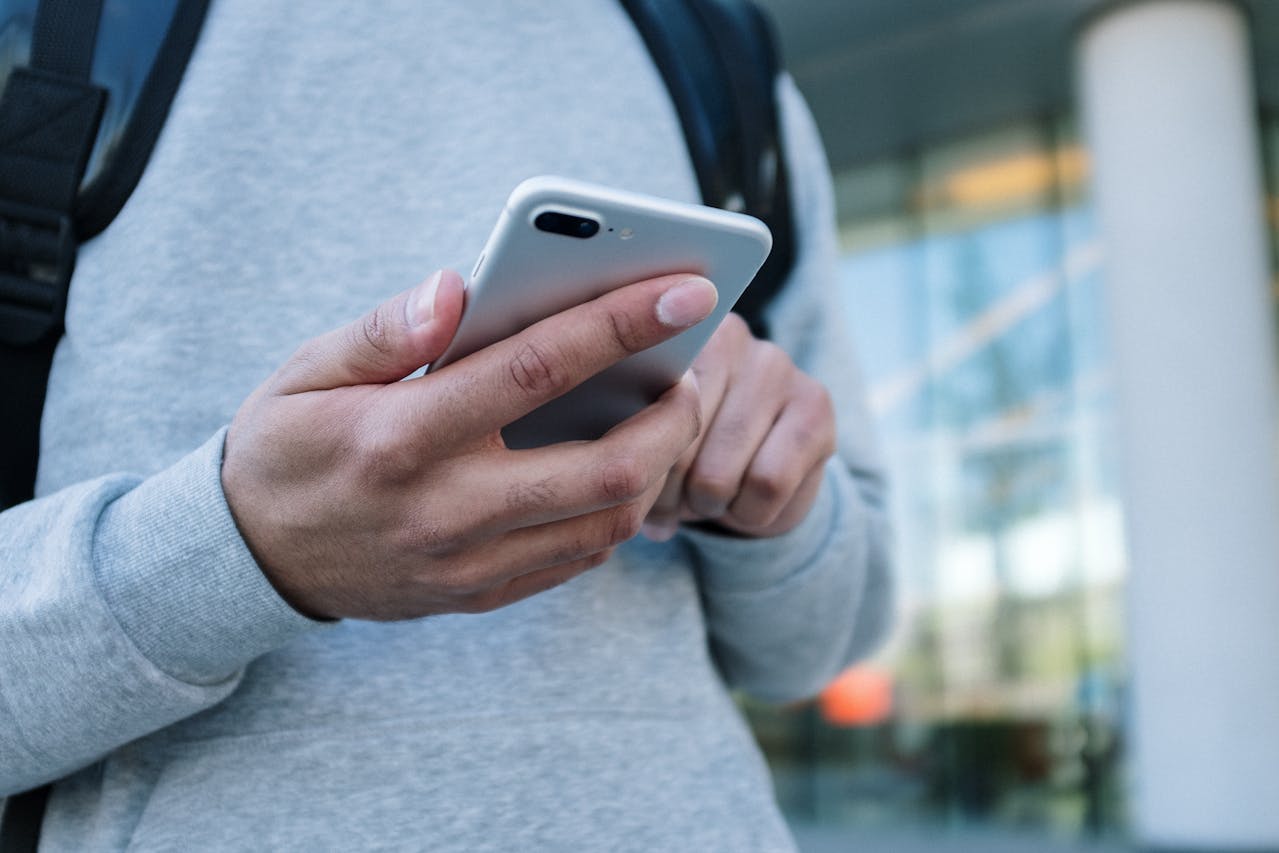Artificial intelligence (AI) is transforming the lives of blind and partially sighted people by providing tools that promote independence and accessibility. Apps like Microsoft’s Seeing AI, Be My Eyes, and Envision AI use advanced AI algorithms to interpret the world through a smartphone camera, offering real-time assistance in reading text, recognizing faces, identifying objects, and navigating environments.
Seeing AI, for example, is a free app designed to narrate the visual world to users. It reads printed and handwritten text, scans barcodes to provide product details, describes scenes, and even recognises currency. These features empower users to manage everyday tasks more independently, from reading mail to shopping for groceries.
Other apps, such as Be My Eyes, connect visually impaired users with sighted volunteers who provide assistance via live video calls. Meanwhile, Envision AI offers similar object recognition and text-to-speech functionalities, supporting users in activities such as reading books, recognizing colours, and finding familiar objects.
As someone with sight loss who values independence wherever possible, I am incredibly grateful for these tools and optimistic about future advancements as technology continues to evolve to meet the changing needs of people with sight loss. I use a variety of these tools with varying degrees of success, often switching between them depending on the situation. On a lighter note, I’m pleased to share that Seeing AI identifies me as a neutral 32-year-old man with a neutral expression—I’ll take that as a win!
While these AI-driven tools offer remarkable benefits, challenges remain. AI applications must continue to improve their accuracy in complex real-world scenarios, such as interpreting cluttered scenes or recognizing nuanced facial expressions. Additionally, data privacy concerns arise when using AI to analyse personal documents and sensitive information.
Looking ahead, AI-powered accessibility tools will likely become more integrated into wearable technology, providing hands-free assistance through smart glasses and voice-activated devices. The continued advancement of AI will ensure even greater independence and accessibility for visually impaired individuals.




